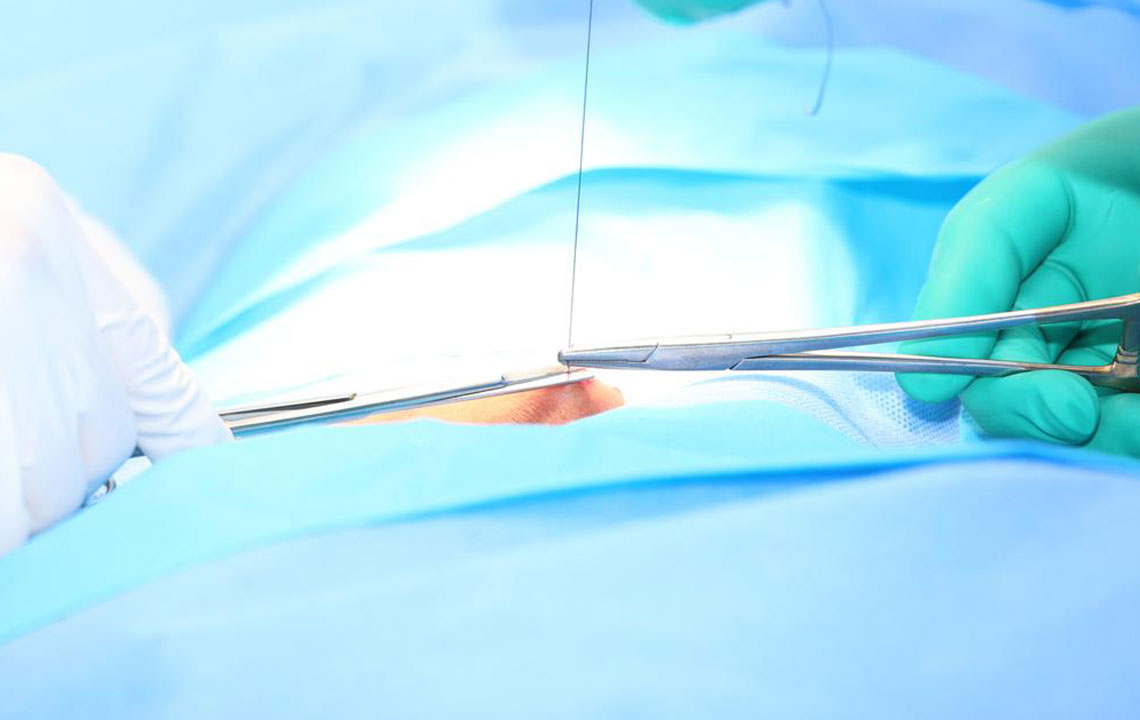Understanding Abdominal Hernias: Types and Management Strategies
This article explores the different types of abdominal hernias, including incisional, epigastric, and umbilical hernias. It discusses symptoms, diagnosis, and treatment options such as surgery. Understanding hernia risk factors like obesity and heavy lifting can help in early detection and prevention. Surgery remains a common solution, especially when hernias cause pain or complications. Proper medical advice ensures safe management and reduces chances of recurrence. Early intervention is vital for complete recovery and avoiding future health issues.

Understanding Abdominal Hernias: Types and Management Strategies
A hernia can affect both children and adults, with common types including incisional, epigastric, and umbilical hernias.
An incisional hernia occurs when tissue pushes through a weakened area in the abdominal wall, causing a noticeable bulge in the groin or scrotum, often accompanied by discomfort or a burning sensation. This results from incomplete closure of the abdominal muscles, leading to an opening that allows tissue to protrude. It may develop shortly after birth or later in life.
Diagnosis typically involves a physical exam by a healthcare provider, sometimes supplemented with imaging tests like ultrasound or CT scans. While some small hernias cause little to no discomfort and may be left untreated after consultation, larger or painful hernias often require surgery. Surgery is favored to prevent complications such as strangulation or worsening symptoms, especially in children or severe cases.
It’s important to note that hernias may recur post-surgery, and post-operative precautions are necessary. Most hernias occur in the abdomen, including epigastric hernias that present as a protrusion above the navel—sometimes present at birth—and can vary in size. Factors like obesity, heavy lifting, pregnancy, and certain sports can aggravate these hernias. Symptoms often include a palpable lump, pain, or tenderness. Diagnosis involves physical exams and imaging. Urgent repairs are needed if blood flow is compromised or incarceration occurs.
An umbilical hernia, common in premature infants and often seen in adult women, usually is painless and may resolve on its own. It appears as a bulge around the navel, especially when pressure is applied, and may become sore. Surgery is recommended if the hernia persists beyond age 4, or if complications like color changes or vomiting develop. Obesity is a key risk factor, and detection is straightforward via physical exam. Early management can prevent future issues.









